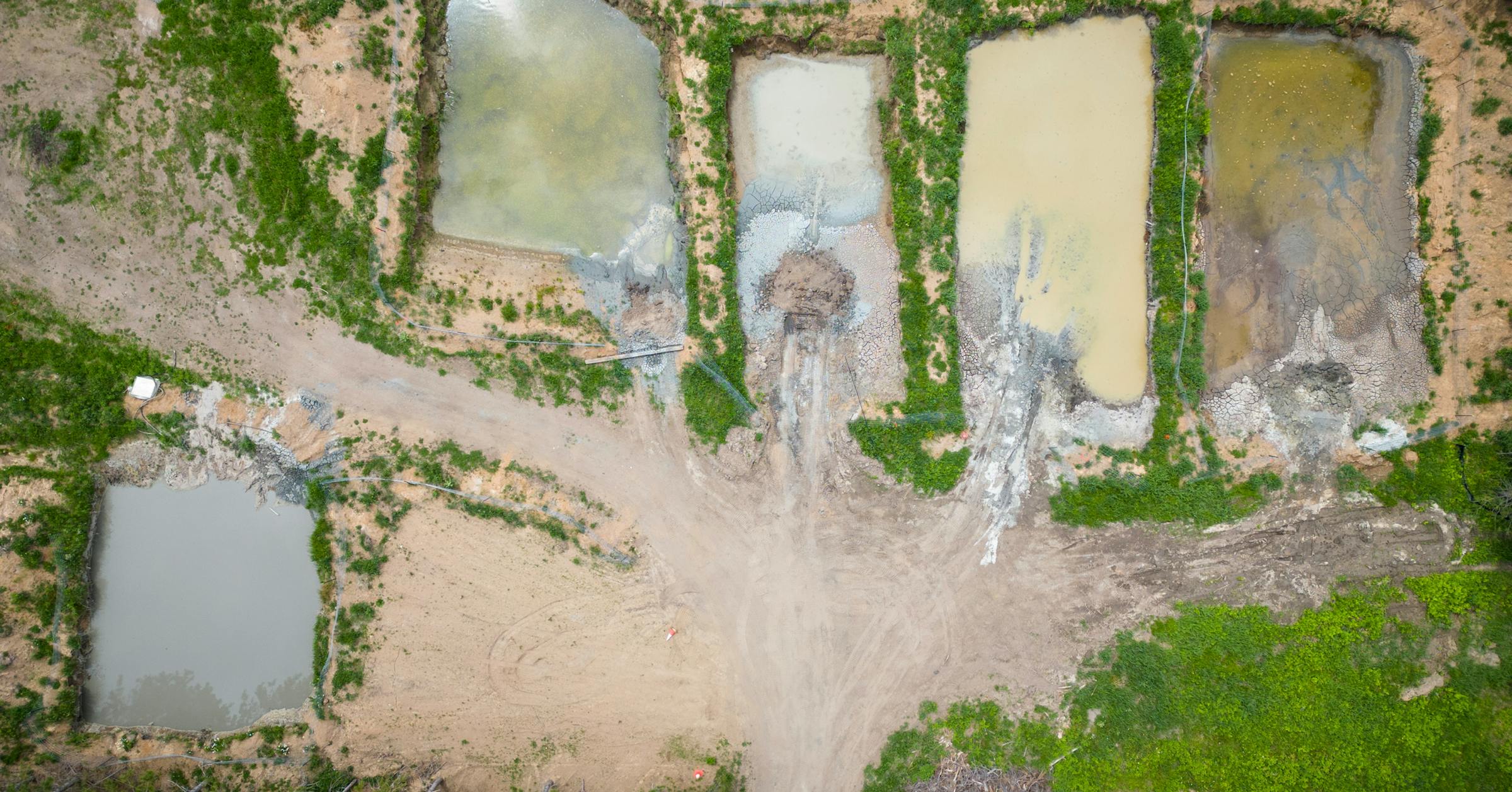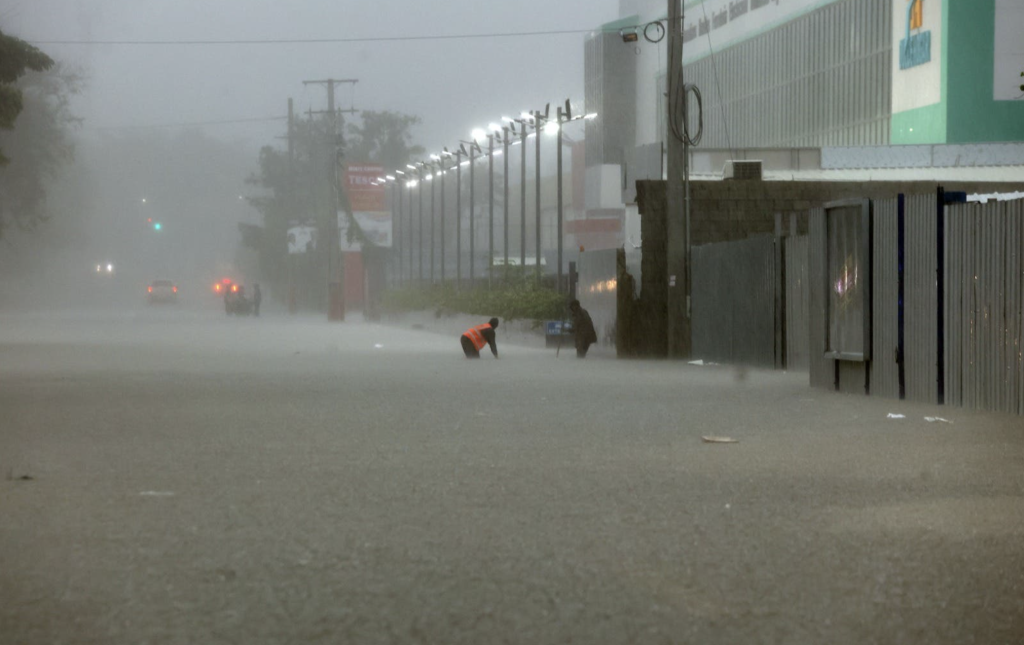Copyright Star Tribune

Opinion editor’s note: Strib Voices publishes a mix of commentary online and in print each day. To contribute, click here. ••• In January 1913, workmen expanded the basement of a 900-seat downtown theater in Hibbing, Minn., to build an ornate smoking lounge for a higher class of patrons. Twelve feet down, their shovels struck a soft, dark material that resembled the rich hematite iron ore being mined half a mile away. The proprietor, a raconteur named W.J. Power, desperately wanted to save vaudeville from the scourge of motion pictures. But he was also a longtime mining speculator. He knew what he saw. With his theatrical investment in mind, he told the Hibbing Daily Tribune that rumors were overblown, that they only found “discolored quicksand.” By summer, the dazzling Power Theater re-opened with a nationally celebrated Catholic boys choir singing in front of a full orchestra. And yet, within just five years, the theater was demolished. U.S. Steel had quietly secured the mineral rights years earlier. When World War I depleted existing reserves, the company cleared Hibbing’s entire business district and moved the town 2 miles south to create the world’s largest iron mine. A building moves from north to south Hibbing circa 1918-1922. Starting in 1918, the village of Hibbing was moved two miles south to accommodate the growth of the Hull-Rust-Mahoning mine. Workers jacked up wooden buildings and wheeled them south with steam tractors. Other buildings were scrapped or torn down as the town was rebuilt in its present location. (Hibbing Historical Society, Aubin Studios Collection) No one could have stopped what was coming out of that mine, for what emerged was the primal steel of modern America. From this yawning canyon spewed the richest economy on Earth and decisive victory in World War II. The disruption was undeniable, but the spoils irresistible to a nation hell-bent on progress. Iron Range communities would remain dependent on mining revenue for generations unto the present. Today, Hibbing Taconite still blasts where the old town once stood, but the mine is poised to run out of ore within a few years. Over a century, automation, consolidation and bigger equipment eliminated thousands of mining jobs, with autonomous trucks idling on the distant horizon. Last May, Cleveland-Cliffs laid off 630 workers in Hibbing and Virginia, Minn., with only dim prospects of a callback. Locals fear another industry contraction. At the same time, Cliffs recently announced it would explore rare earth elements at two of its mines. Critical mineral mining proposals dot northern Minnesota’s landscape — notably, New Range Minerals in Hoyt Lakes and Twin Metals in Ely — each attracting environmental scrutiny and political heat. Jessica Johnson, vice president of external affairs for Talon Metals, shows a core sample rich in nickel at the company shop in Tamarack, Minn., on Oct. 9. (Aaron Brown/The Minnesota Star Tribune) In early plans, the mine resembled ones we’ve seen before, with overburden piles exposed to rainwater that would gradually leach chemicals. Last year, the mine redesigned its plans so that everything from the trucks emerging from underground to the trains that haul off the ore remain enclosed indoors. Waste rock is distributed back underground, greatly reducing environmental risk. “What our team hopes is that we show we are actively listening,” said Jessica Johnson, the company’s vice president of external affairs. “That might not be enough for everybody, but we hope people see we’re trying.” Trying is important. The public needs that from mining companies as much as they do the minerals. Right now, the demand for critical minerals is rising with a technological tsunami of renewable energy, artificial intelligence and ever-more-sophisticated electronics. Scheyder said his research shows only three ways forward. “Either the United States or other nations have concrete discussions about how we get more of these minerals, or we recycle more, or we use less,” said Scheyder. “It seems like some kind of mix of all three is the way we’ll move forward here.” In Hibbing, where iron ore consumed and rebuilt a whole village, a historical lesson was learned. Leaders must negotiate on behalf of the public, or private interests will have their way. In the years preceding the move of Hibbing, Mayor Victor L. Power (yes, brother of W.P.) held mining companies to account for polluting the water supply and insisted they pay their share of property taxes for schools and parks in the new village.



